First of all, do you know what a subwoofer is?
Those involved in PA systems for live events or those who have home theater systems at home, as well as car audio enthusiasts, might be familiar with it. However, the general public might not be as acquainted with subwoofers.
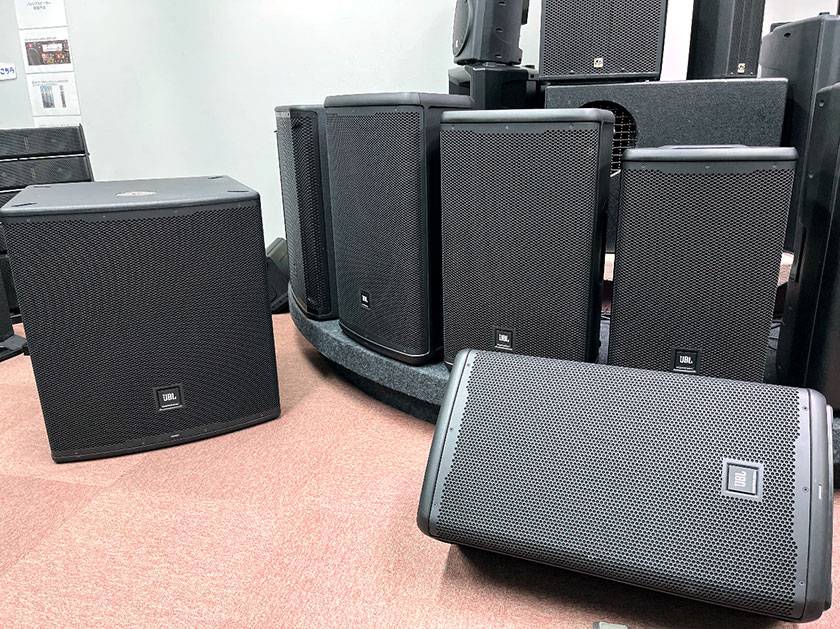
■ What is a Subwoofer?
“A subwoofer is a speaker designed to complement the low-frequency range (around 100 Hz and below) that full-range speakers cannot adequately reproduce. A well-controlled subwoofer adds color, depth, and impact to the sound without overly emphasizing the bass. It enhances the overall quality of the performance by adding a new level of richness and dynamism to the sound, whether it’s an attractive bass riff, a captivating drum beat, or a complex electro-bass sound. It’s an essential component for live rock band events or club DJs looking to energize the dance floor with their music.”
On the Sound House website, there’s a special feature page on subwoofers that you can check out for more details.
This time, I tried out the powered subwoofer EON718S from JBL’s latest PA speaker series, the EON700.
JBL / EON718S Powered Subwoofer
There are several ways to connect powered full-range speakers with built-in power amplifiers to a subwoofer. This time, I connected the line output of the full-range speaker to the line input of the powered subwoofer.
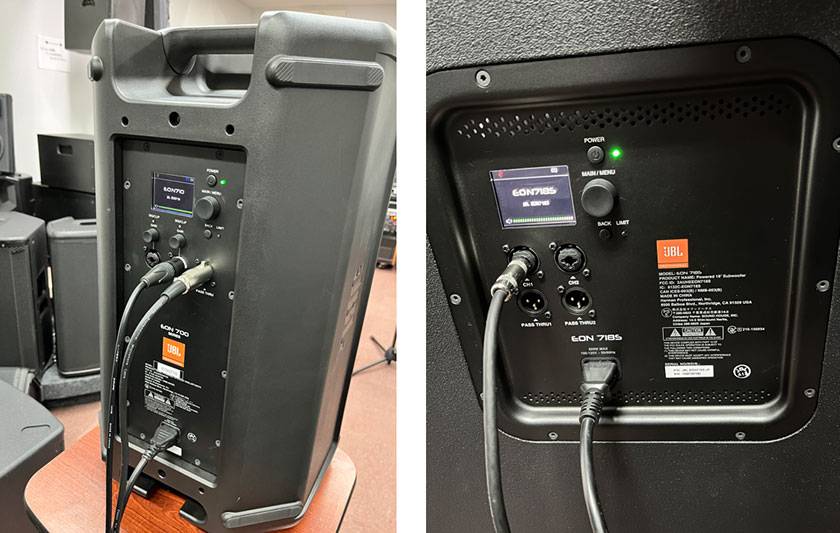
I’ll explain the settings using the JBL Pro Connect app, which allows you to control the EON700 Series with your smartphone.
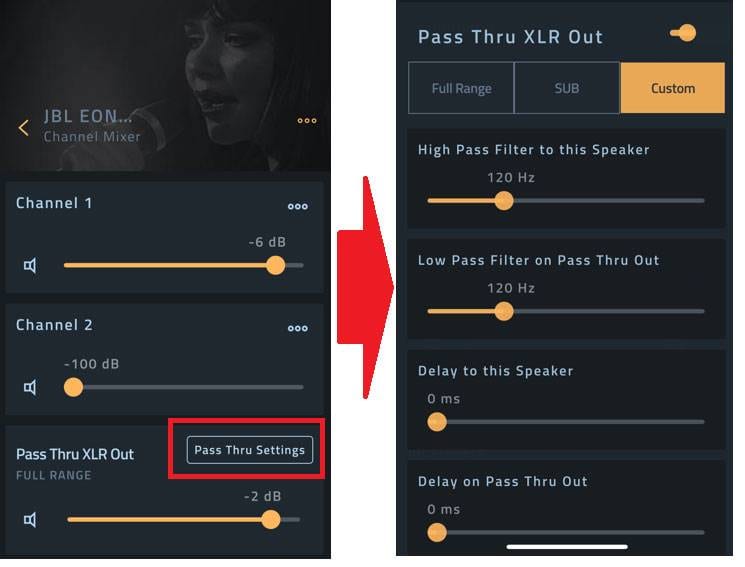
After pairing the full-range speaker, select ‘Pass Thru Settings’ on the left screen to move to the right screen. On this screen, you can choose from:
- Full Range: Outputs the input signal directly from the Pass Thru terminal.
- SUB: Outputs frequencies above 80 Hz from the full-range speaker and frequencies below 80 Hz from the Pass Thru terminal.
- Custom: Allows you to set a custom value.
I set it to Custom and chose 120 Hz. Why 120 Hz? It just felt like the sweet spot to me, so please don’t dig too deep into that lol.
One of the great things about the JBL EON700 Series is the flexibility in configuring the line output settings.
○ High Pass Filter to this Speaker
→Adjust the lower limit of the frequency range that the full-range speaker outputs.
○ Low Pass Filter on Pass Thru Out
→Adjust the upper limit of the frequency range that the Pass Thru terminal outputs.
○ Pass Thru XLR Out
→Adjust the output level from the Pass Thru terminal.
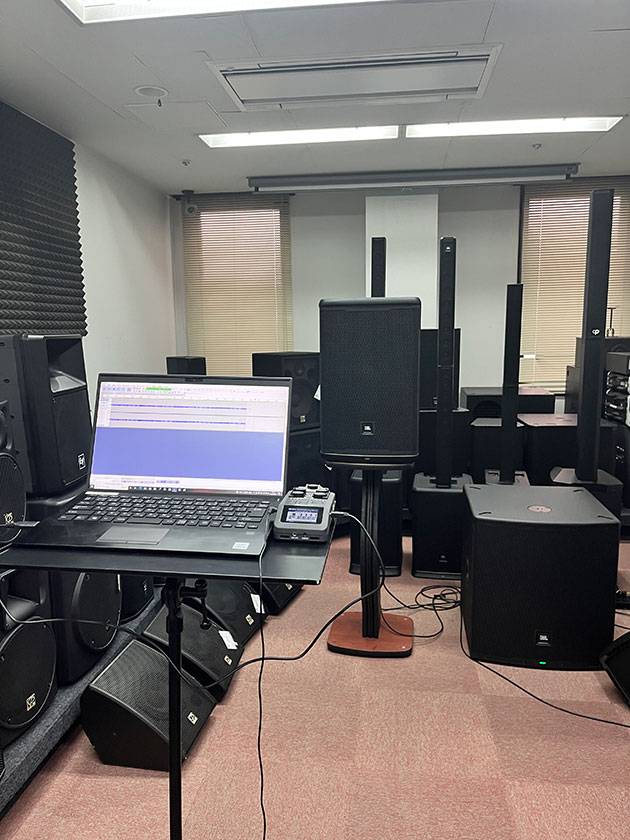
Here was my testing setup:
CD Deck → Analog Mixer → EON710/712/715 → EON718S
Set the volume just below the point where clipping would occur (LIMIT indicator not lighting up)
Recorded it using a Zoom H6 as the audio interface connected to a computer, with Audacity as the recording software.
My Impressions:
“The low end from the full-range speaker and the low end from the subwoofer sound completely different.”
“It’s not just about adding more bass; the subwoofer fills in the gaps, giving the overall sound a richer, fuller image.”
Since the full-range speakers were mounted on stands (suspended in the air) rather than placed directly on the floor, the bass was well-represented, but the low frequencies transmitted as vibrations from the large, floor-placed subwoofer were on a whole different level.
“There’s not much difference between a 10-inch + subwoofer setup and a 15-inch + subwoofer setup.”
This result was different from what I had imagined. I expected that as the size of the full-range speaker increased, adding a subwoofer would offer more advantages in terms of volume and sound pressure. However, I didn’t notice a significant difference.
Of course, the size difference in the woofer units of the full-range speakers slightly affected the density of the mid-bass range, but when listening to the overall sound image, the difference wasn’t significant enough to worry about.
So, here are my personal recommendations:
“If you’re using an 18-inch subwoofer, a 10-inch or 12-inch full-range speaker is fine.”
“If you want to produce as much bass as possible without using a subwoofer, I recommend a 15-inch full-range speaker.”
Honestly, it’s hard to convey just with words, so I’ve uploaded comparison audio clips on SoundCloud.
■ Classic Powered PA Speaker Comparison
Listening to these clips might not fully replicate the experience of hearing and feeling the sound in person, but I think it will still serve as a useful reference. Be sure to check them out!
An 18-inch subwoofer is a great addition to live performances, DJ sets, and dance music, where bass plays a crucial role. It adds earth-shaking, body-thumping bass that enhances the realism of the sound!
If you’re looking to take your PA system to the next level, this is definitely worth considering!





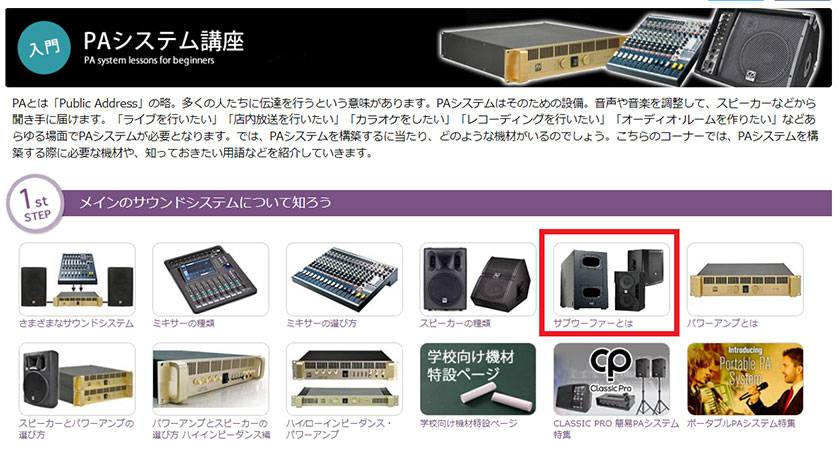
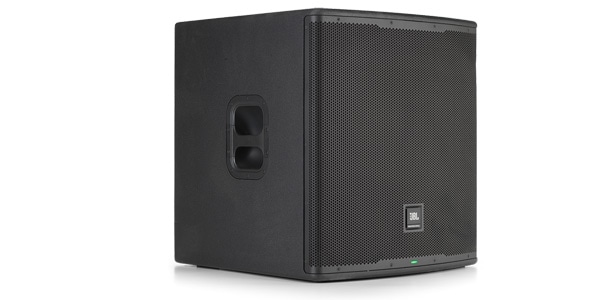


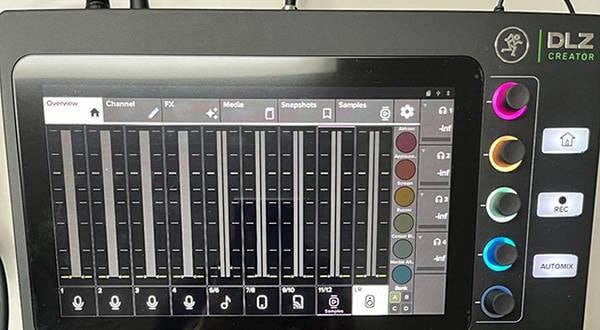
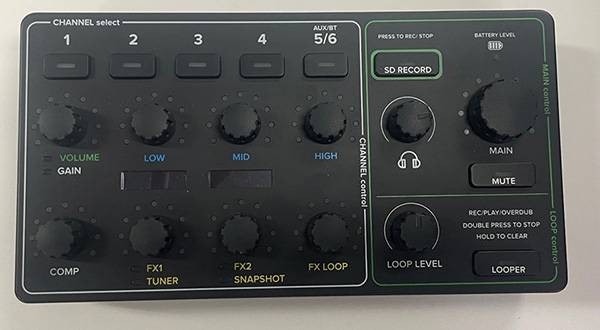
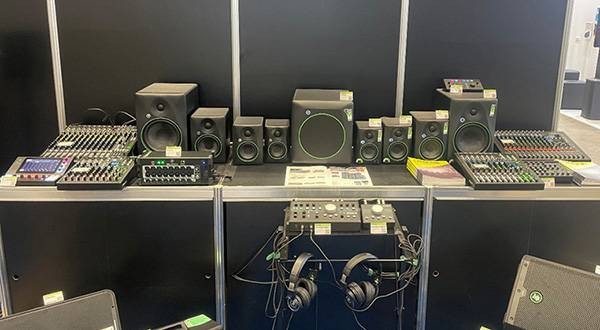

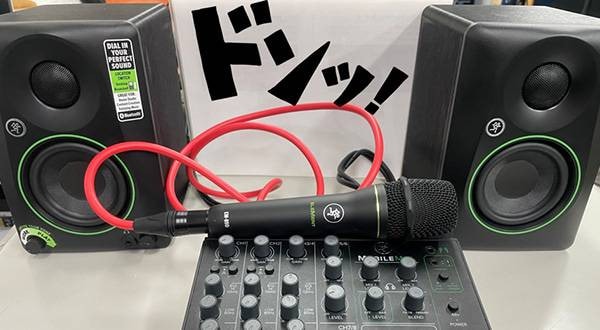
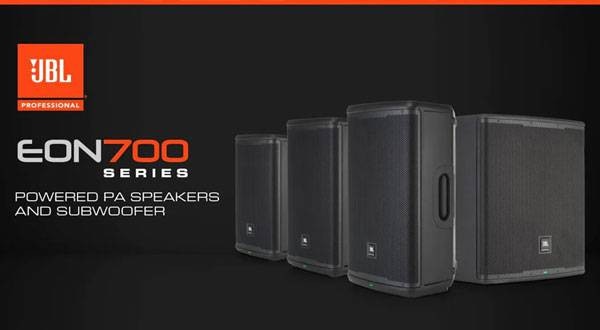
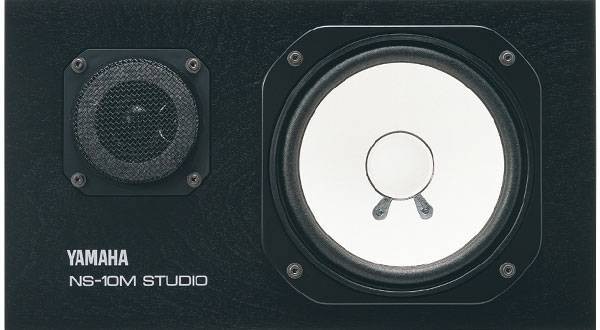
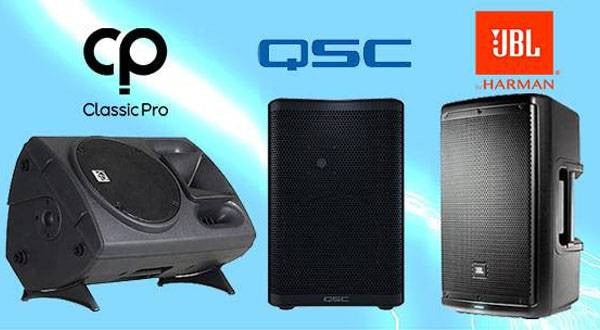

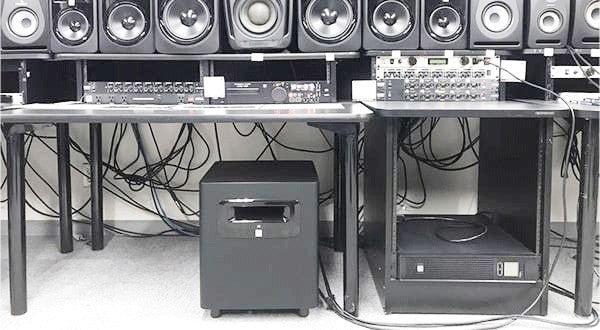

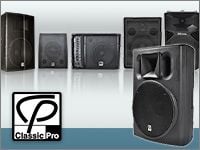 スピーカーの定番 Classic Proのおすすめモデル
スピーカーの定番 Classic Proのおすすめモデル
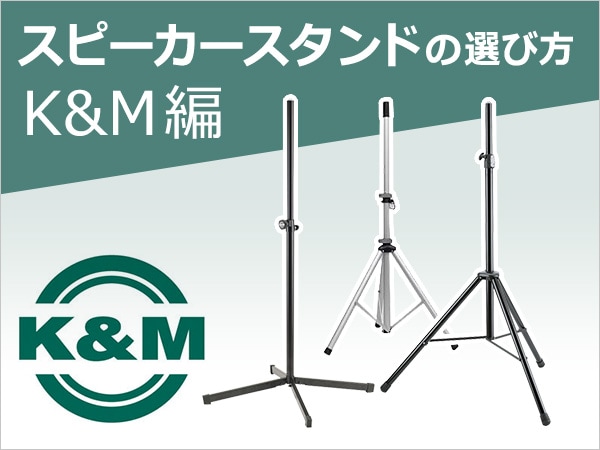 スピーカースタンドの選び方 K&M編
スピーカースタンドの選び方 K&M編
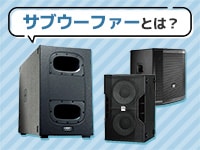 サブウーファーとは
サブウーファーとは
 スタジオモニタースピーカーを選ぶ
スタジオモニタースピーカーを選ぶ
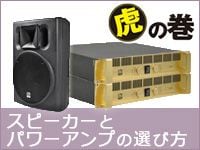 スピーカーとパワーアンプの選び方
スピーカーとパワーアンプの選び方
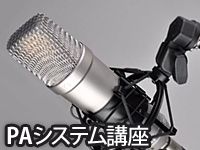 PAシステム講座
PAシステム講座















